Deferred maintenance projects without suitable funding crop up on more than just national park lands, and it could waste your precious daylight hours afield—here’s everything you need to know about the backlog issue, proposed solutions, and why it’s personal
Picture this: You draw a special deer tag in a unit you’ve never hunted before, and like most people, you’re busy. So, you study maps and satellite imagery to mark roads and trails on your GPS, but family and work obligations prevent you from being able to get out there and scout in-person.
You could be pulling into camp the day before a six-day hunt, with your entire strategy reliant on being able to use access that you’ve never laid eyes on. It’s not ideal, but it happens. And there is a real possibility that you’ll be confronted with washed out roads and deep ruts that make passage difficult or impossible by vehicle, while some non-motorized trails are so overgrown that you can’t even find them to hike on.
No one wants to burn up half their hunt frustrated by road and trail conditions that fall short of their expectations. But this kind of access to public lands has become more difficult for America’s sportsmen and women because of the massive maintenance backlogs at many federal land management agencies—not just the National Park Service. It’s time to recognize the breadth of this challenge and how it plays out during your hunting and fishing season.
Know the Numbers
According to the U.S. Fish and Wildlife Service, more than 36 percent of American hunters depend on public lands for some or all of their access. In the West, where the BLM oversees 245 million acres of multiple-use public lands, 72 percent of hunters rely on public lands. When the roads and trails on these lands become difficult to navigate, these are the sportsmen and women who waste their precious time afield and get frustrated with land managers.
Currently, the Interior Department has a maintenance backlog totaling roughly $16 billion. While the bulk of that figure—or $11.6 billion—is tied to national parks, America’s sportsmen and women remain concerned about the backlogs at the Bureau of Land Management and the National Wildlife Refuge System, which have a combined backlog of $2.2 billion. Meanwhile, at the Department of Agriculture, the U.S. Forest Service has a backlog totaling more than $5 billion, an issue further exacerbated by the practice of “fire borrowing” before this fix.
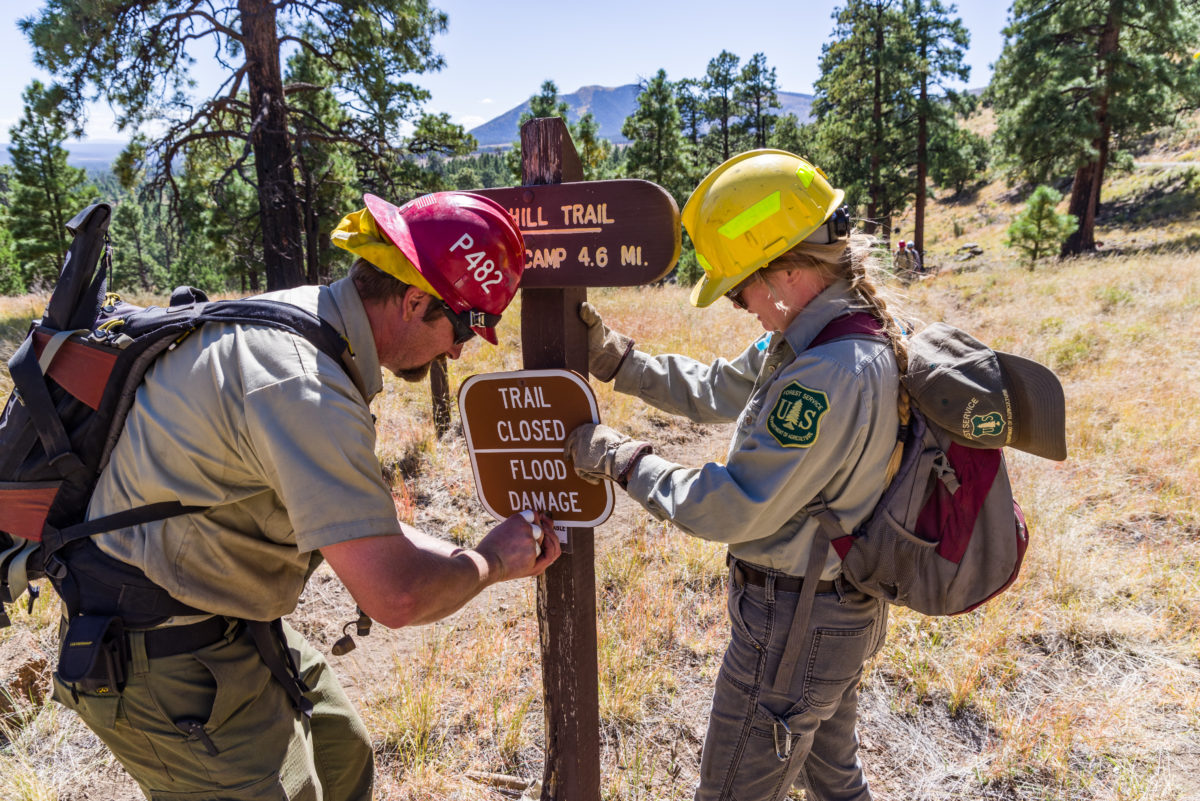
Combined, these agencies manage public lands that provide some of the best hunting and fishing opportunities in the country. But nothing is more frustrating than having to ground-truth every route to make sure it’s accessible as presented on a map. Especially in today’s world, when time is precious and most people don’t have extra days to spare.
Loss of access is often cited as the number-one reason hunters quit the sport. With hunting numbers already in decline, creating a ripple that reduces funding for state wildlife conservation, we can ill-afford to let a backlog of repairs put negative pressure on hunter retention and recruitment.
Finding a Solution
The deferred maintenance backlog across federal agencies and Americans’ access to public lands appears to be top-of-mind for the administration. In his infrastructure proposal earlier this year, President Trump offered a new funding stream to address the maintenance backlog on lands managed by the Interior Department, including our nation’s parks and wildlife refuges. And Secretary Zinke has been outspoken about the maintenance backlog issue, even as he has urged agency staff through two Secretarial Orders to prioritize public access to outdoor recreation like hunting and fishing.
Creating a solution will be critical, but it can’t come at the cost of other important conservation programs. While the TRCP supports initiatives to address the significant maintenance backlog on our nation’s public lands, we are opposed to efforts to restructure programs like the Land and Water Conservation Fund with an aim of shifting funding from one important need to another.
Instead, we need an all-of-the-above strategy: Reauthorize the Land and Water Conservation Fund to continue creating access where there is none, recognize that the maintenance backlog issue is meaningful for more than just national park visitors, and identify new funding sources to deal with it.
Fortunately, the House Natural Resources Committee recently showed strong bipartisan support for doing just that. In September, they advanced two pieces of critical public lands legislation that would permanently reauthorize the Land and Water Conservation Fund and provide dedicated funding to address the maintenance backlogs in our national parks, Bureau of Land Management lands, and National Wildlife Refuge System.
Now, sportsmen and women need Congress to see these solutions through before the end of the year, when all good intentions are left on the cutting room floor and a new Congress begins. If you agree, voice your support for the public lands that we call Sportsmen’s Country—sign the petition now.
This was originally posted March 27, 2018, and has been updated to reflect recent events.

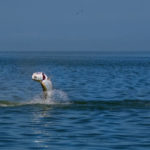
 If you rock a #keepitpublic bumper sticker…
If you rock a #keepitpublic bumper sticker… If you are ready to get schooled on the deer disease that is changing the way we hunt…
If you are ready to get schooled on the deer disease that is changing the way we hunt… If you’re contemplating a career shift to make more of a difference…
If you’re contemplating a career shift to make more of a difference…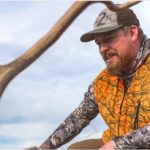 If you’re about to drop some serious money on gear…
If you’re about to drop some serious money on gear…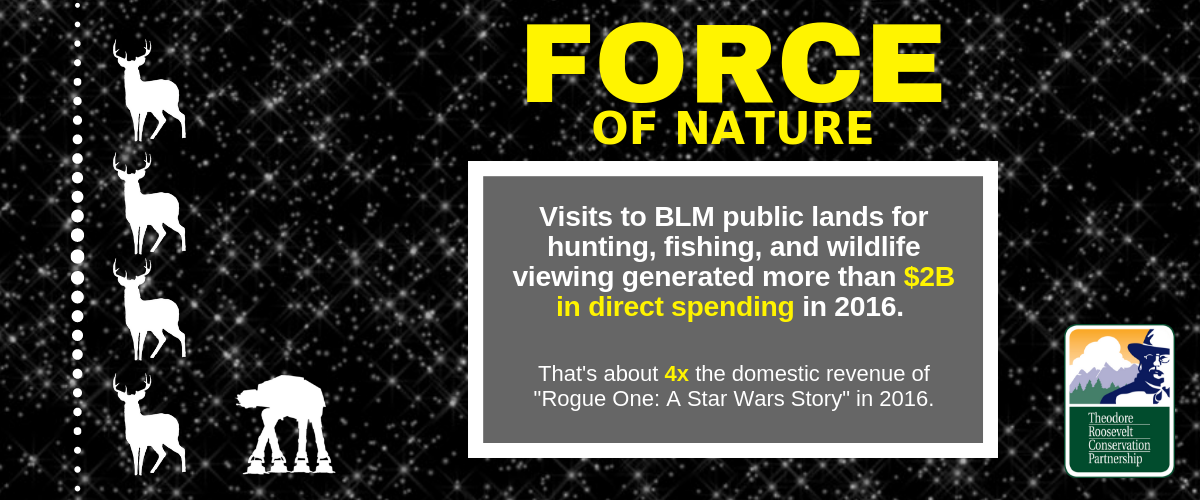
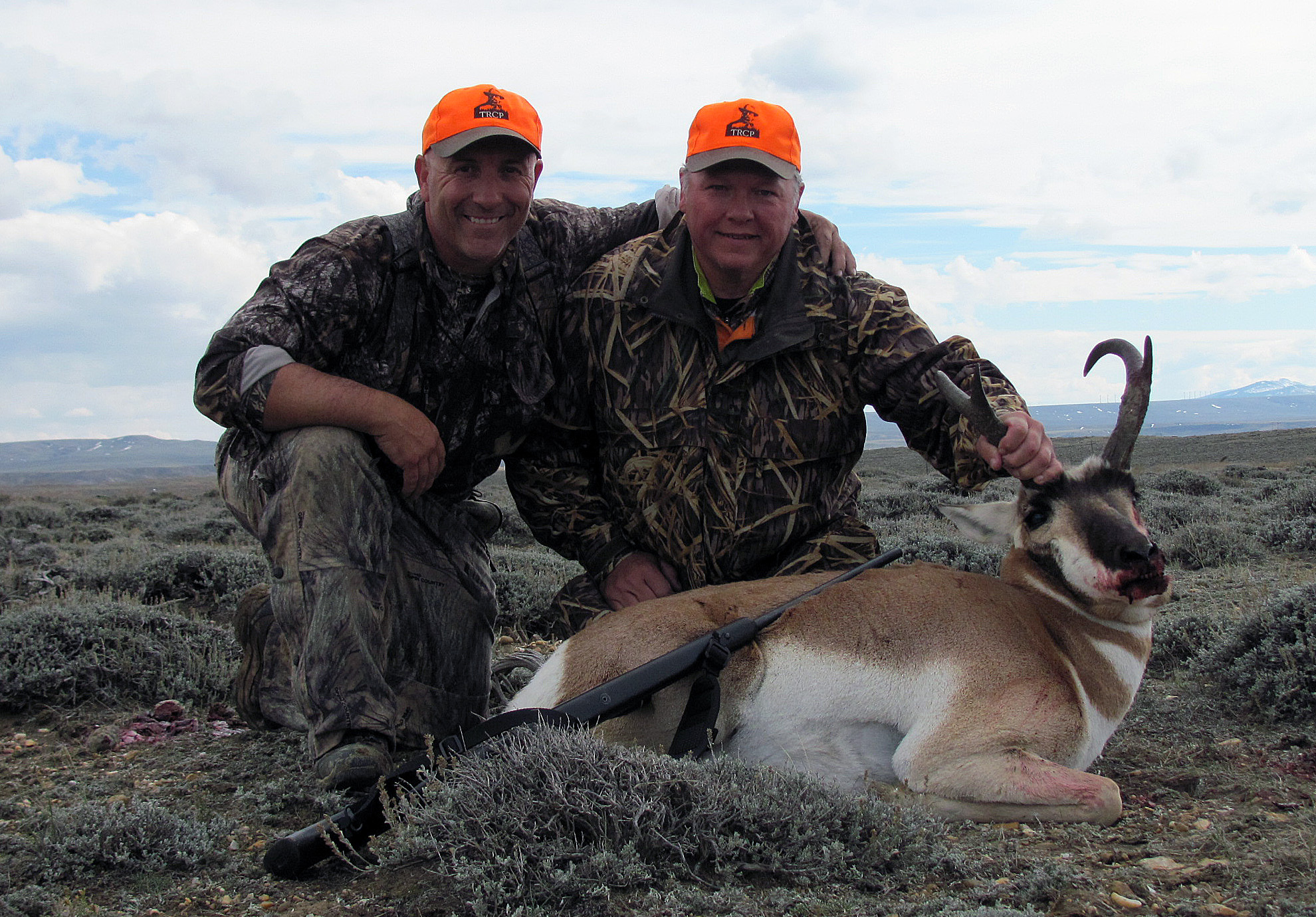
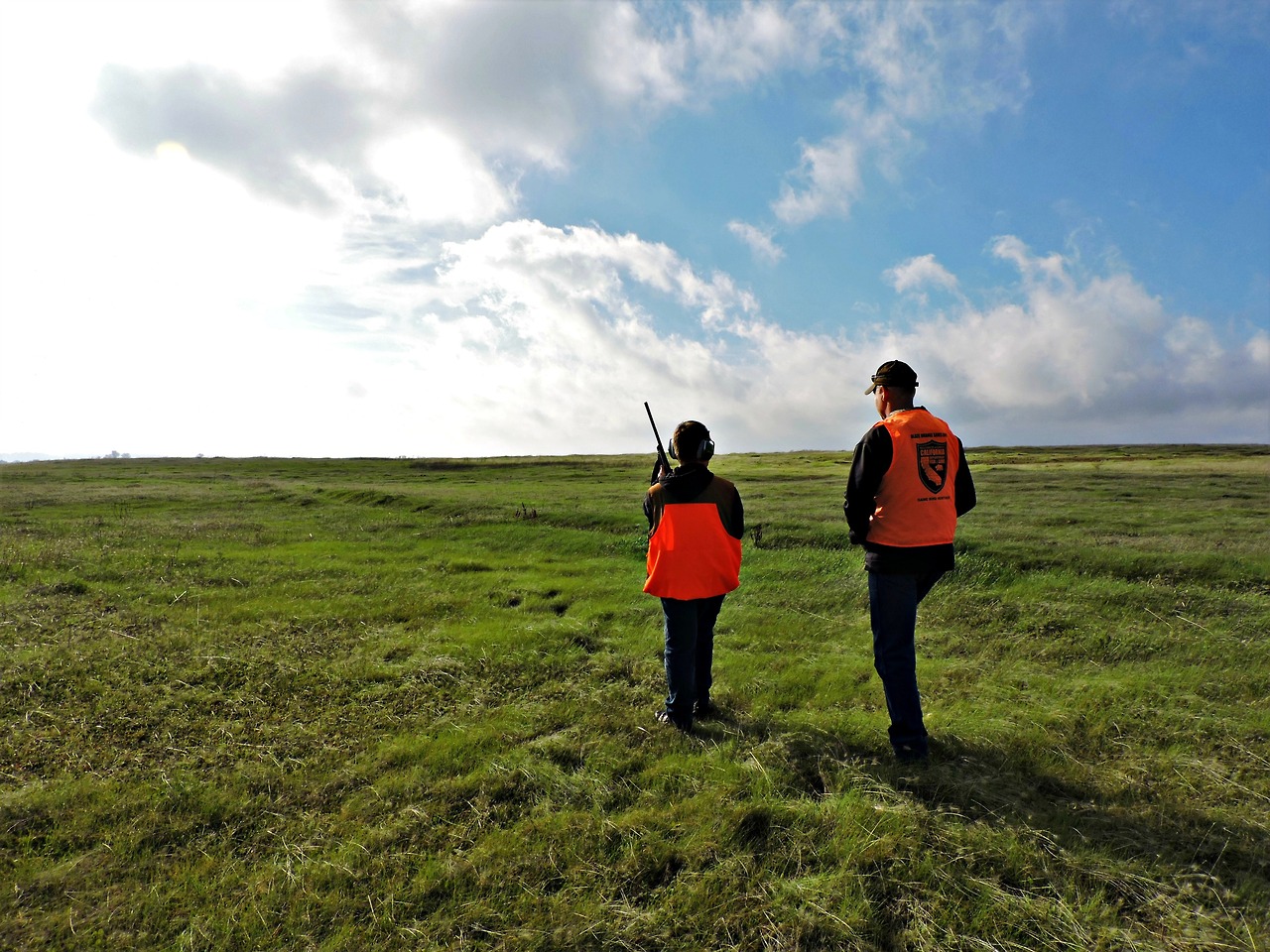
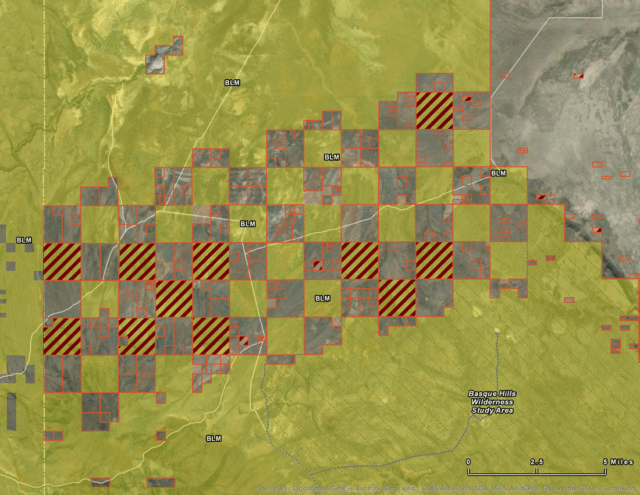
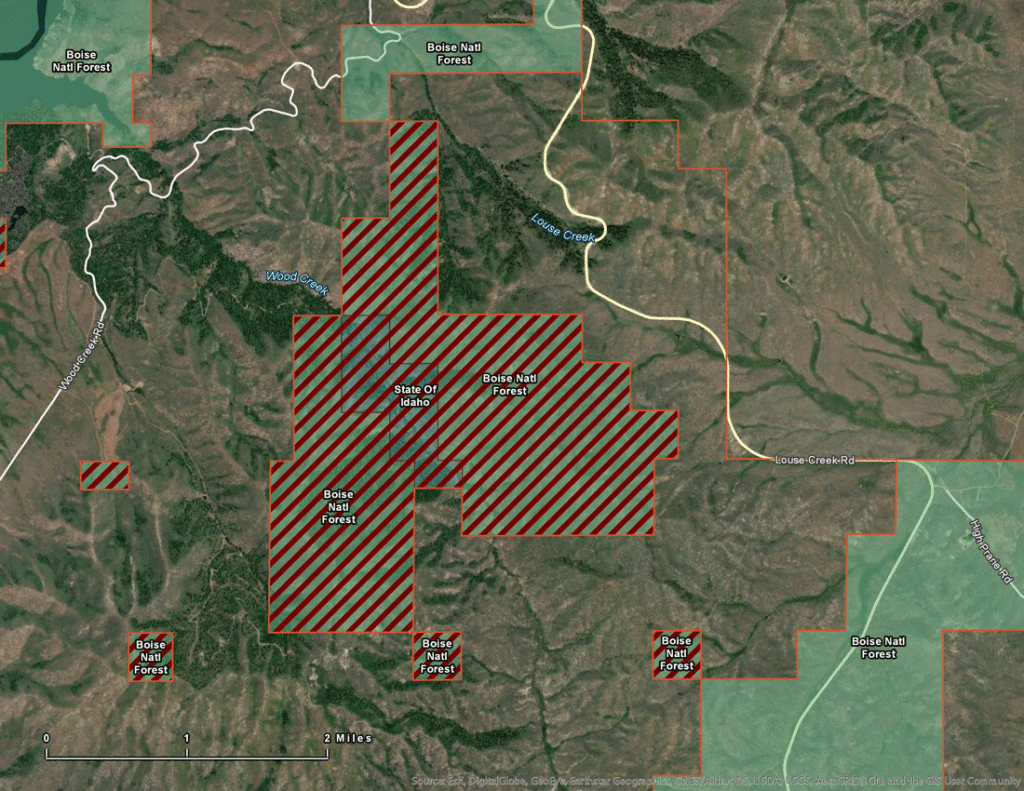




I understand that there is a funding shortage but at the same time how those funds are being spent exacerbates the problem. For example the recent decision to build a trail system into the Crazies to deal with the lack of access is great. However there is no reason 8 miles of trail should cost 180k. I’ve built hiking trails and designed forest roads for a living and that figure is insane. It’s thousands of dollars more per mile than it cost to build a full blown road per mile. Think of where that excess money could be of benefit.
This is nothing new. The Forest Service and BLM have always had a tremendous backlog in maintenance of roads and trails. This reality is due to 2 primary factors 1. They receive funding to build roads and trails with little focus on maintenance. 2. Timber sales, mining claims and cattle allotments require roads. They are not returned to natural conditions but are either elevated to a higher transportation level or taken over by the public and ignored. President Clinton understood the vast backload of road maintenance. However, when he tried to implement a “no net gain” in roads and trails and increase maintenance the parochial thinking of some the publics resulted in not implementing a program of maintenance that many of us hoped woul happen.
The cumulative impacts that have occurred on our public lands has resulted in extensive erosion, poor vegetation quality and aquatic and terrestrial habitat. Closing access Ito hunters is ludicrous unless these agencies can answer to the multitude of harmful management activities they have allowed
There is no funding given “to build roads”. Any funding is used to close roads. Trails are a separate pot of money from roads and are often built with grants and use volunteers. The only new roads being built are temp roads which are supposed to be returned to original state. Timber sales have road appraisals, that is the only “money involved in most sales. The monies are credited to the purchaser for road work. Cattle grazing uses existing roads and ranchers can be authorized to go off roads on a limited basis for fence repairs and fixing other infrastructure. Some timber roads are “forgotten”. Those roads also service the thinning and fuels work and sometimes firewood and pole sales. This could be 5 years after the original sale and can be tough to track. The biggest issue is user created roads/trails and violated closures. It is a constant battle to try to keep on top of those.. The funding is so bad right now it is hard to cover permanent salary for all the folks. When FS budgets are tight, less seasonals are hired. Those folk are the ones out in the summer checking those things.
Trail maintenance is a critical task that has been largely neglected on National Forests (especially in those areas hit hard by beetle kill.) However, I don’t see how the construction of new roads and trails are to our advantage as backcountry hunters. Studies have shown howcelk, in particular, prefer areas away from vehicle traffic for calving, bedding and other activities. True, access is necessary for some good forest management, but in general land in a state of wilderness is best for wildlife and certainly it’s the only way to keep the “backcountry” in backcountry hunting.